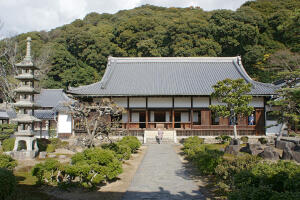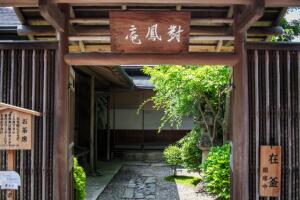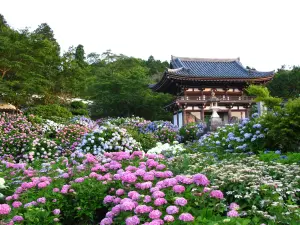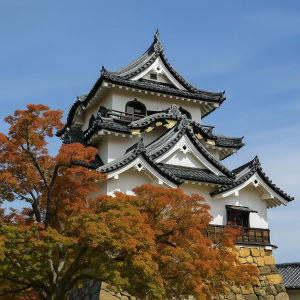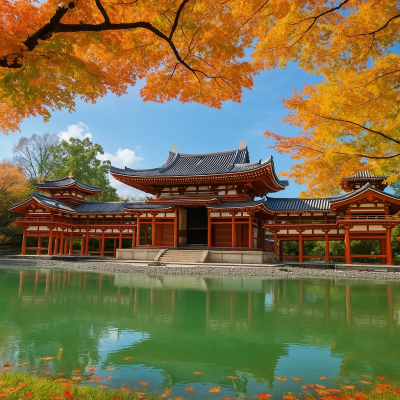
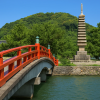
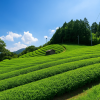
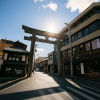
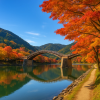
Uji Travel Tips
Uji (宇治), gracefully situated between Kyoto and Nara, is a captivating city steeped in history, culture, and spiritual heritage. Flourishing as a cultural center during the Heian Period, Uji offers visitors a remarkable journey into Japan’s classical past. Its crown jewel is Byodoin Temple, a UNESCO World Heritage Site famed for its elegant Phoenix Hall (Hoo-do), which graces the back of the Japanese 10 yen coin. Nearby, Ujigami Shrine, Japan’s oldest extant shrine and also a World Heritage Site, stands quietly amidst ancient trees, reflecting the city’s spiritual legacy. The Tale of Genji Museum (Genji Monogatari Museum) invites visitors into the world of Japan’s oldest novel, much of which is set in Uji. Strolling along the Uji River, one can cross the picturesque Asagiri Bridge and Amagase Dam, enjoy panoramic views from Mount Daikichi (Daikichiyama), or watch the centuries-old tradition of cormorant fishing (ukai) performed on summer nights.
Renowned for producing some of Japan’s finest green tea since the Kamakura Period, Uji remains a pilgrimage site for tea connoisseurs. The city’s fertile soil and misty climate yield exceptional matcha and sencha, celebrated worldwide. Visitors can tour tea plantations like the Fukujuen Uji Tea Factory or participate in hands-on tea experiences at the Taihoan Tea House. The Omotesando shopping street leading to Byodoin Temple is lined with charming tea shops and cafes offering freshly whisked matcha, matcha-flavored sweets, and elegant souvenirs. Seasonal festivals such as the Uji Tea Festival in October further highlight Uji’s rich tea culture. With its harmonious blend of ancient landmarks, literary legacy, scenic beauty, and refined tea traditions, Uji offers an immersive experience of Japan’s timeless charm.
Getting around
In Uji, most of the sights are located near the town center, close to the famous Byodoin Temple and the scenic Uji River. This area is easy to explore on foot. Both JR Uji Station and Keihan Uji Station are about a 10-minute walk from Byodoin Temple. JR Uji Station is located on the south side of the river, while Keihan Uji Station sits just across Uji Bridge on the north side.
The temples Mampukuji and Mimurotoji are located farther from the center, but if you enjoy walking, they can be reached in about 30 minutes from the river area. Mampukuji is most easily accessed with a short walk from Obaku Station. To reach Mimurotoji Temple, buses run from both JR and Keihan Uji Stations.
Attractions
See all →- Districts:
- Uji River
-
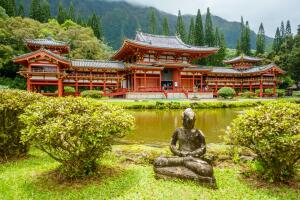 1TempleByodoin Temple
1TempleByodoin TemplePhoenix Hall and Pure Land architecture
5.0 ★ ★ ★ ★ ★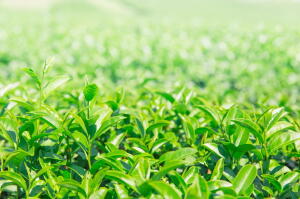 2TeaUji Tea
2TeaUji TeaBirthplace of Japanese green tea
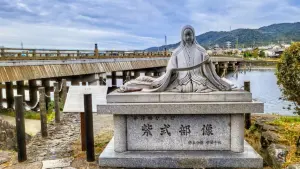 3Uji Bridge
3Uji BridgeOldest bridge, featured in The Tale of Genji
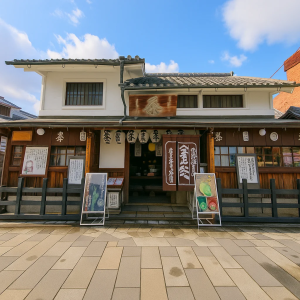 4ShoppingOmotesando shopping street
4ShoppingOmotesando shopping streetHistoric shopping street with local charm
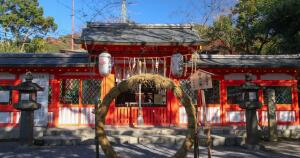 5ShrineUjigami Shrine
5ShrineUjigami ShrineOldest standing shrine in Japan
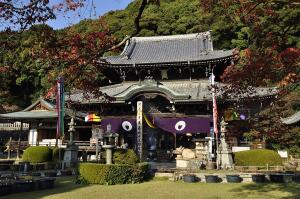 6TempleMimurotoji Temple
6TempleMimurotoji TempleFlower temple with seasonal blooms
 7MuseumNintendo Museum
7MuseumNintendo MuseumNintendo’s history and interactive exhibits
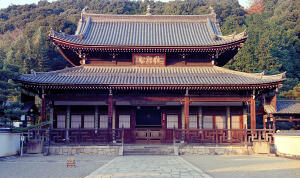 8TempleMampukuji Temple
8TempleMampukuji TempleChinese-style Zen temple in Uji
Events
-
Nearby
See all →-
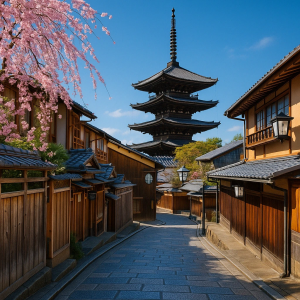 1Kyoto
1KyotoKyoto was for a 1000 years the capital of Japan
5.0 ★ ★ ★ ★ ★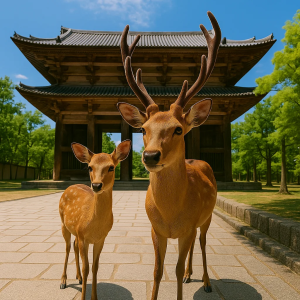 2Nara
2NaraKnown as Japan's first capital
5.0 ★ ★ ★ ★ ★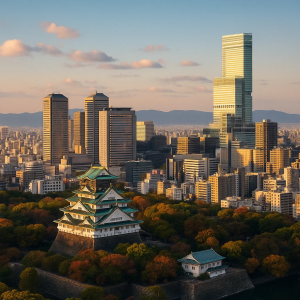 3Osaka
3OsakaOsaka is Japan's second-largest metropolitan
5.0 ★ ★ ★ ★ ★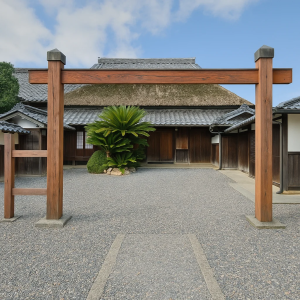 4Koka
4KokaA rural city known as the homeland of the ninja
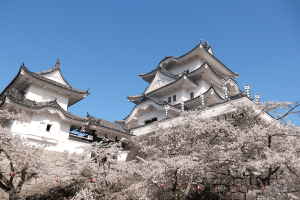 5Iga Ueno
5Iga UenoKnown for its rich history and ninja heritage
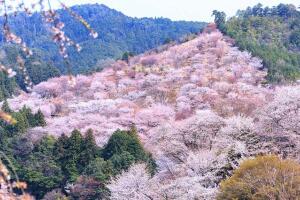 6Yoshino
6YoshinoJapan's most famous cherry blossom spot
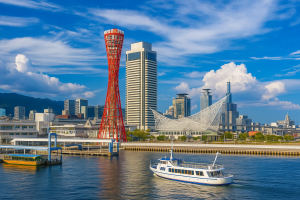 7Kobe
7KobeHarbor city, recovered from the 1995 earthquake
 8Omi Hachiman
8Omi HachimanFormer merchant town that is known for its pretty canal
Reviews
-
5/5 - Excellent
Uji is a charming city in Kyoto Prefecture, perfect for anyone who loves history and culture. The famous Byodo-in Temple, a UNESCO World Heritage site, is breathtaking and offers a peaceful experience. Uji is also known for its high-quality green tea, and you can enjoy it in various local shops and cafes. The Uji River adds to the serene atmosphere, with beautiful views and walking paths. It’s a great spot for a day trip from Kyoto, offering a perfect blend of nature, history, and traditional Japanese culture.
9 months ago — by Wesley
Write a review
-
